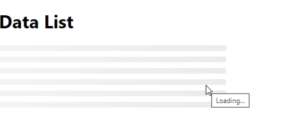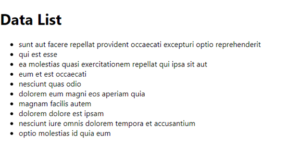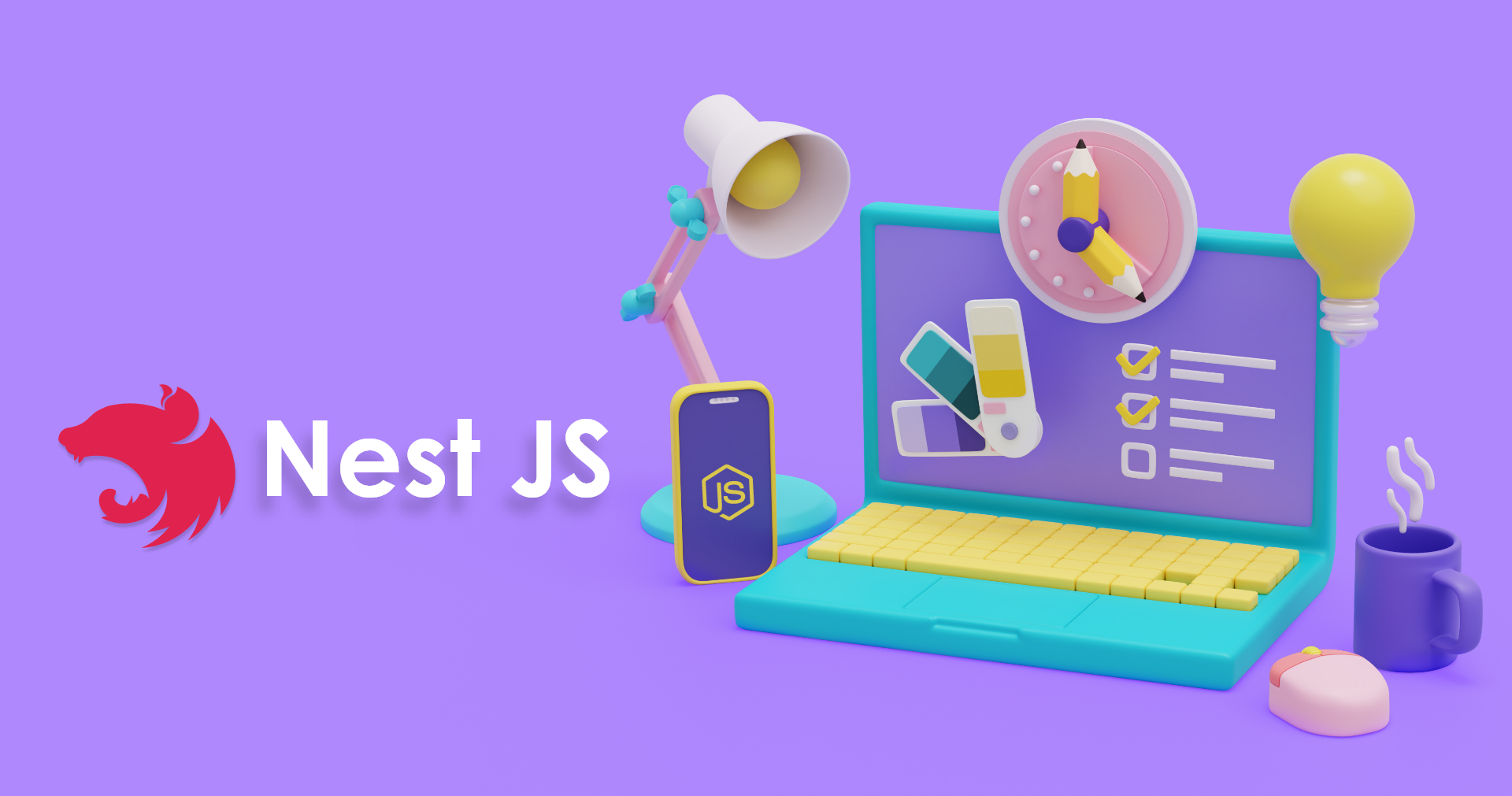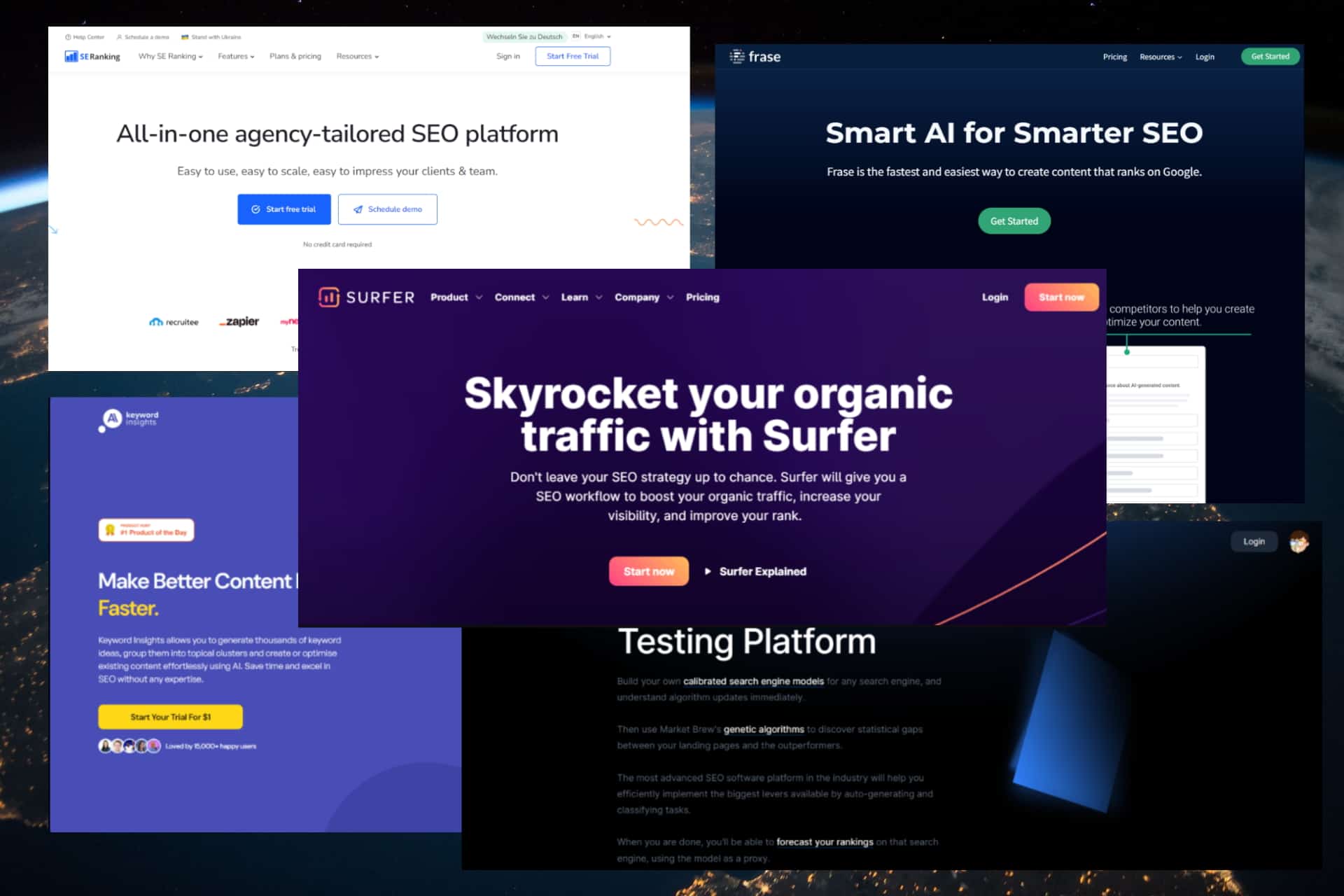In our final weblog, we now have gone by means of the idea of what’s skeleton part in React. Now we’ll proceed to implement skeleton part in React.
The part helps 4 form variants:
- textual content(default): represents a single line of textual content (you possibly can regulate the peak by way of font measurement).
- round, rectangular, and rounded: include totally different border radius to allow you to take management of the dimensions.
Implementing Skeleton Parts
Let’s get began with creating one skeleton part.
Step 1:
You’ll have to set up the @mui/materials module in your react venture.
npm set up @mui/materials
npm i @emotion/react @emotion/styled
Step 2:
We will probably be creating one skeleton part for textual content. Open App.js file and add beneath code
import { Skeleton } from "@mui/materials";
import React from "react";
export default operate App() {
return (
<div>
<h4>
Skeleton part for Textual content
</h4>
<Skeleton variant="textual content" width={200} peak={50} />
</div>
);
}
Right here we are able to add width and peak for the skeleton. Output will probably be like this:

Equally for Rectangle, Circle and Rounded part variant, we are able to add skeleton code as beneath.
<Skeleton variant=”rectangular” width={300} peak={100} />
<Skeleton variant=”round” width={40} peak={40} />
<Skeleton variant=”rounded” width={210} peak={60} />
Now let’s create a skeleton part for real-time knowledge. For this we will probably be utilizing one React plugin react-content-loader
Now What’s React-Content material-Loader?
react-content-loader is a React part library used to create placeholder loading states, also known as “skeleton screens” or “skeleton loaders.” The library supplies a set of customizable parts that mimic the construction of your precise content material whereas it’s loading. This helps keep the general format of a web page and supplies a greater consumer expertise in comparison with a clean or empty house.
Right here’s a fundamental instance of utilizing react-content-loader:
Step 1: npm set up react-content-loader
Step 2: Create one SkeletonComponent.js file and add the code beneath
import React from 'react';
import ContentLoader from 'react-content-loader';
const SkeletonComponent = () => (
<ContentLoader
pace={4}
width={400}
peak={200}
viewBox="0 0 400 200"
backgroundColor="#f3f3f3"
foregroundColor="#ecebeb">
<rect x="0" y="0" rx="3" ry="3" width="400" peak="10" />
<rect x="0" y="20" rx="3" ry="3" width="400" peak="10" />
<rect x="0" y="40" rx="3" ry="3" width="400" peak="10" />
<rect x="0" y="60" rx="3" ry="3" width="400" peak="10" />
<rect x="0" y="80" rx="3" ry="3" width="400" peak="10" />
<rect x="0" y="100" rx="3" ry="3" width="400" peak="10" />
{/* Add extra shapes as wanted */}
</ContentLoader>
);
export default SkeletonComponent;
Step 3: Create one file as DataList.js and add beneath code
import React, { useState, useEffect } from 'react';
import SkeletonComponent from './SkeletonComponent';
const DataList = () => {
const [data, setData] = useState(null);
const [loading, setLoading] = useState(true);
useEffect(() => {
const fetchData = async () => {
strive {
const response = await fetch('https://jsonplaceholder.typicode.com/posts');
const consequence = await response.json();
setData(consequence);
} catch (error) {
console.error('Error fetching knowledge:', error);
} lastly {
setLoading(false);
}
};
fetchData();
}, []);
return (
<div>
{loading ? (
<SkeletonComponent />
) : (
<ul>
{knowledge?.map(submit => (
<li key={submit.id}>{submit.title}</li>
))}
</ul>
)}
</div>
);
};
export default DataList;
Step 4: Within the App.js, add beneath code
import React from 'react';
import DataList from './DataList';
const App = () => {
return (
<div>
<h1>Knowledge Checklist</h1>
<DataList />
</div>
);
};
export default App;


On this approach, we are able to use the react-content-loader device to reinforce the consumer expertise by offering a visible illustration of content material loading.
By utilizing a Skeleton Element, react functions can handle loading states gracefully, contributing to a extra partaking and user-friendly interface.
Thanks for studying !!!






